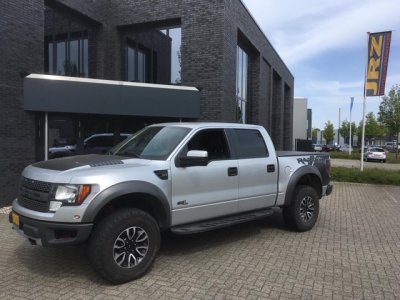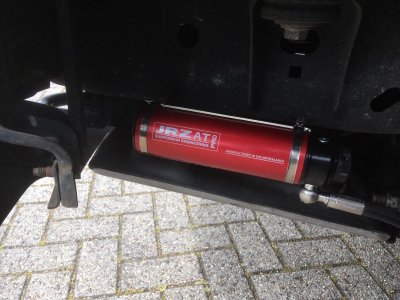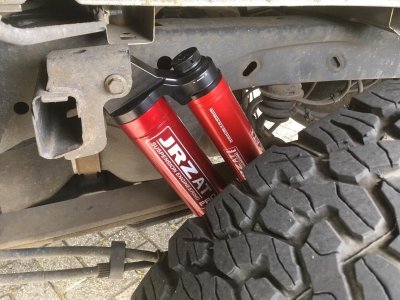Olsen Motorsports
Full Access Member
Sup everyone!?
We are proud to announce that our JRZ Lineup has proved more than well in the Gen 2 and now is available in the Gen 1 lineup! We are still working on getting some content for you but they are ready to order and are available for purchase!
We are offering free expedited shipping for a limited time!
https://www.olsenmotorsports.net/product/jrz-at-ford-raptor-2nd-gen-2010-2014-0-2-lift/
A few key specs:
We are proud to announce that our JRZ Lineup has proved more than well in the Gen 2 and now is available in the Gen 1 lineup! We are still working on getting some content for you but they are ready to order and are available for purchase!
We are offering free expedited shipping for a limited time!
https://www.olsenmotorsports.net/product/jrz-at-ford-raptor-2nd-gen-2010-2014-0-2-lift/
A few key specs:
- Straight bolt-in
- No hopping
- Leveling and up to 2 inch lift
- Improved handling on and off road
- Better comfort level
- Better stability of vehicle body
- Fine yet noticeable change per click
- 14 clicks compression
- 21 clicks rebound
- High volume canister
- Adjustable gas pressure
- Heavy Duty bearings
- Fully rebuildable
- Long stroke kit customization possible




